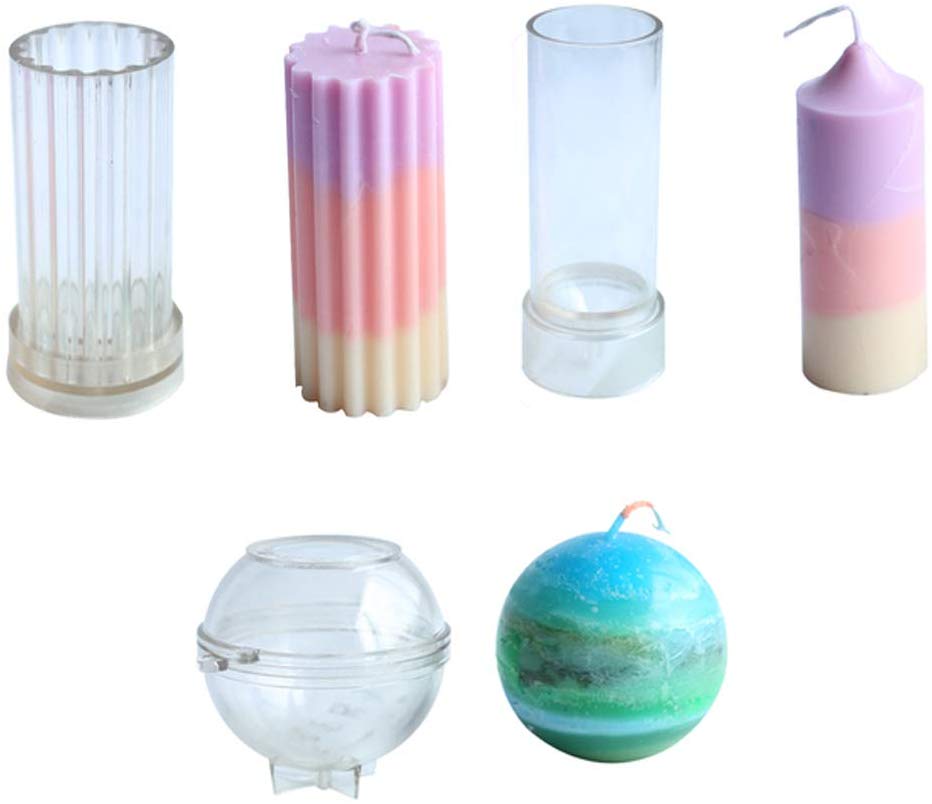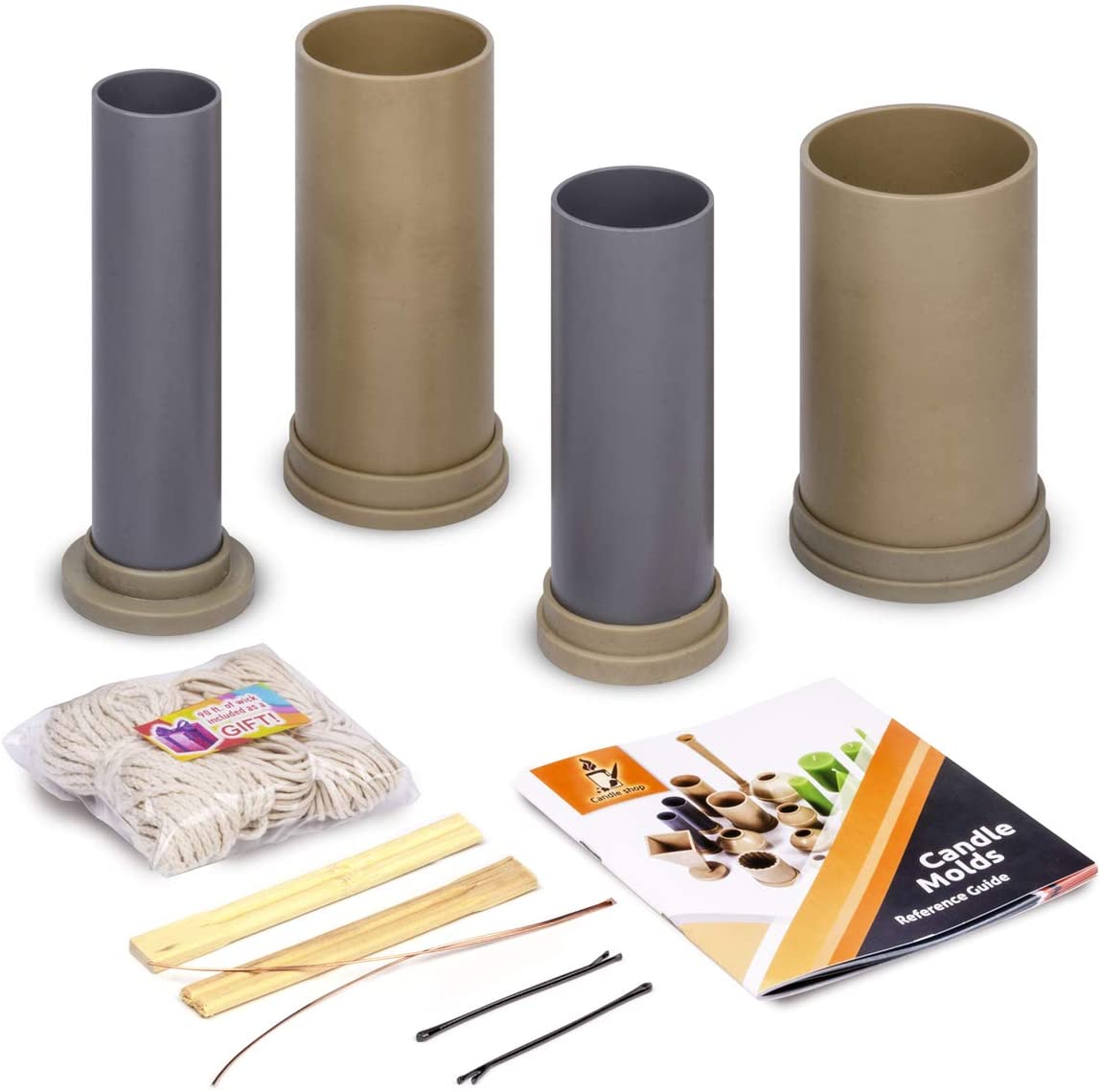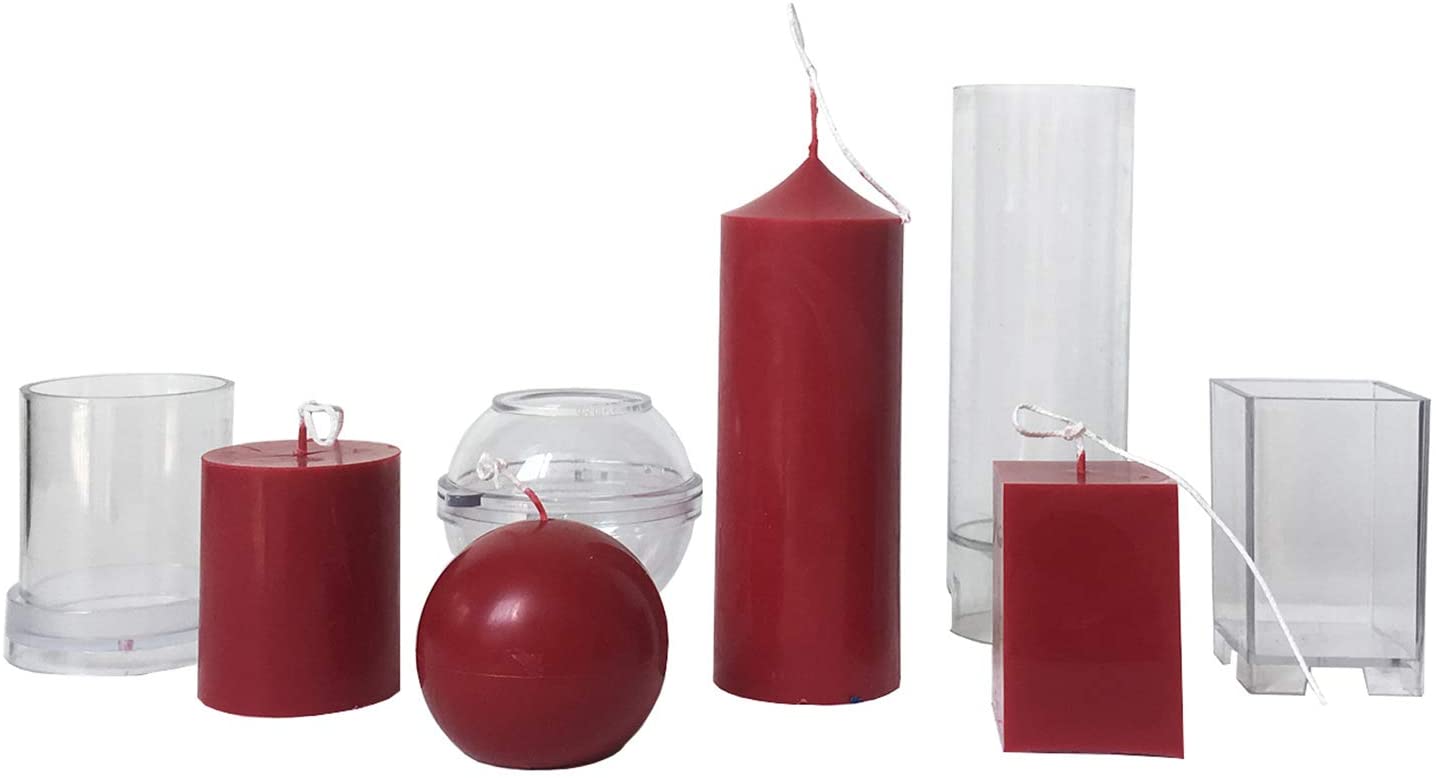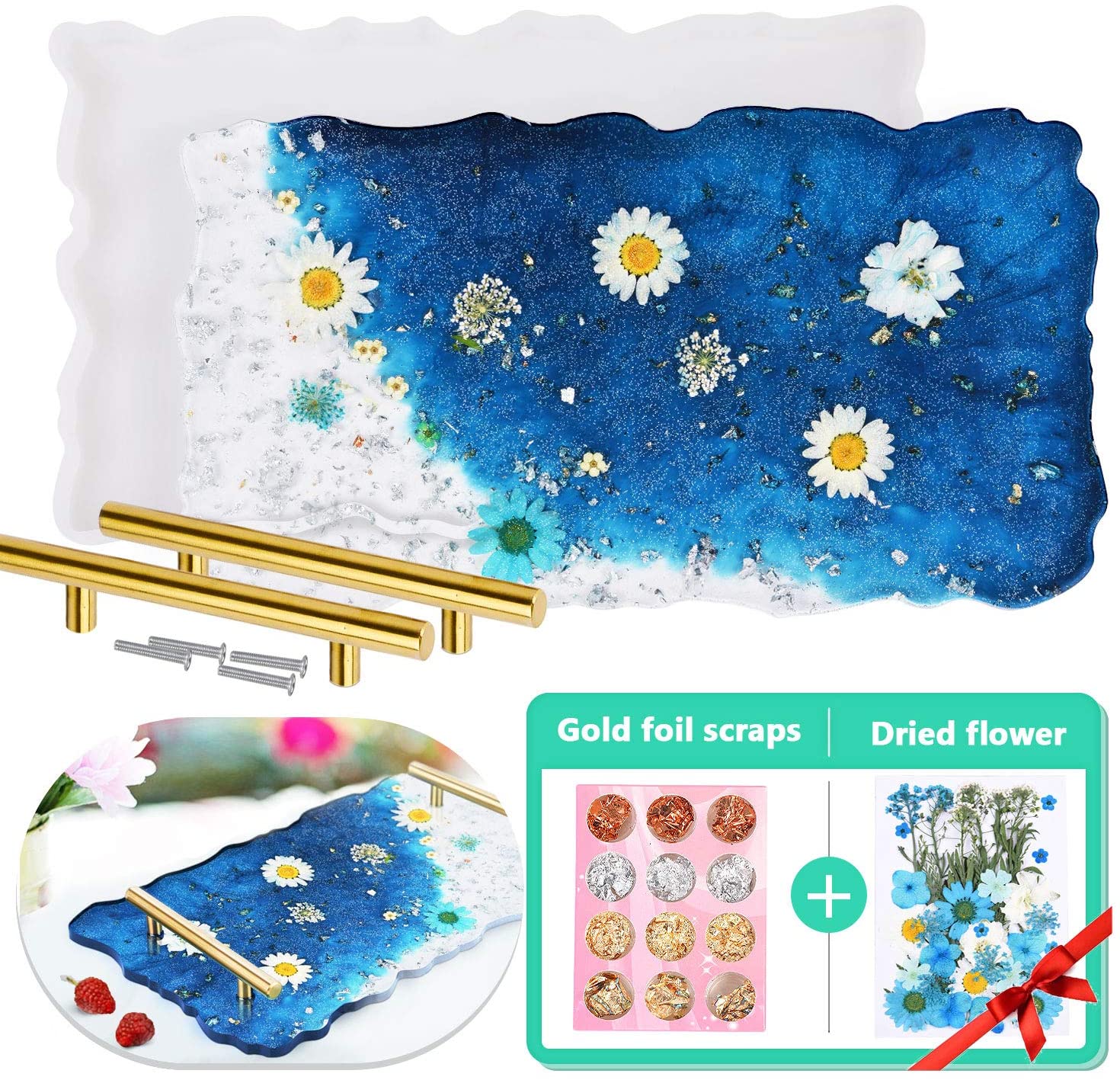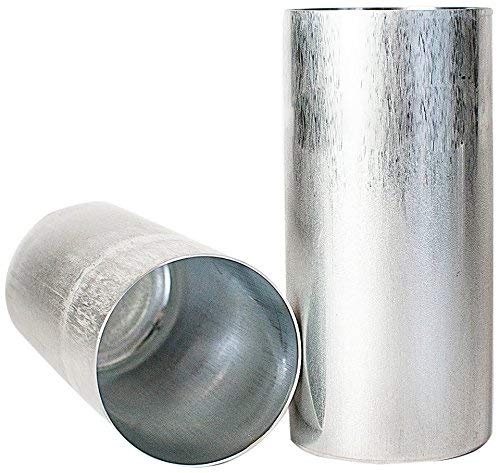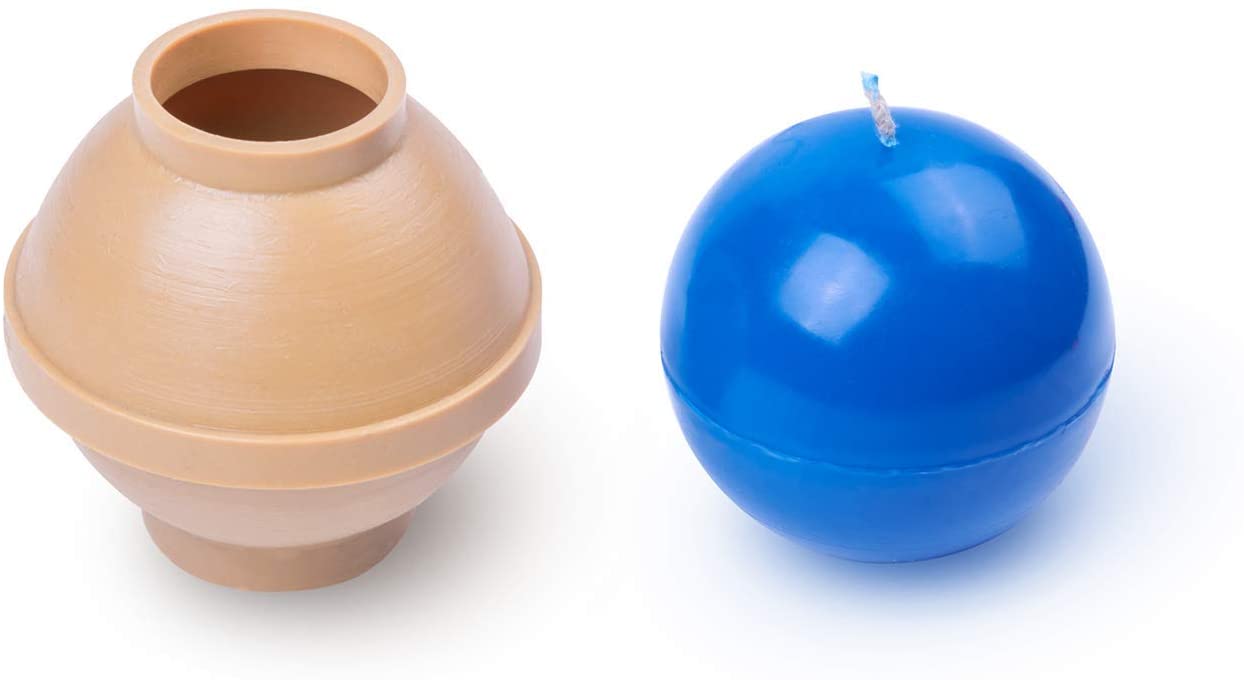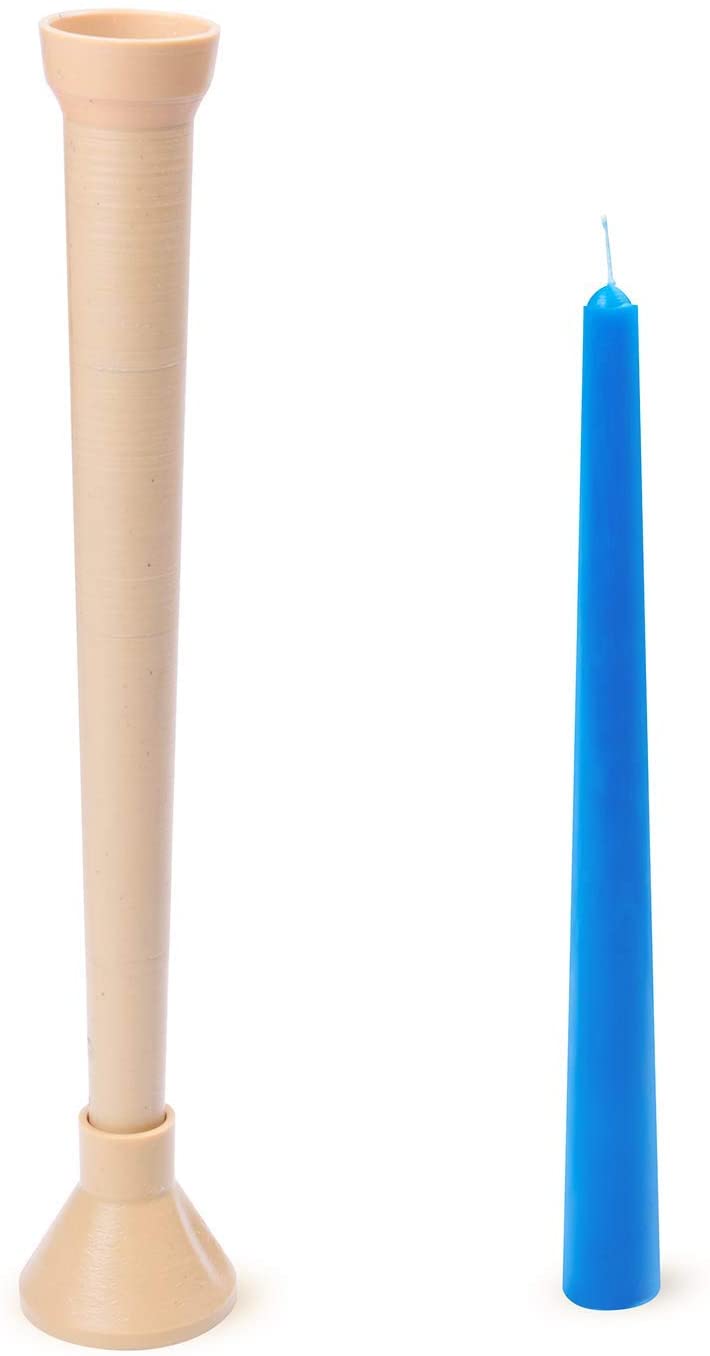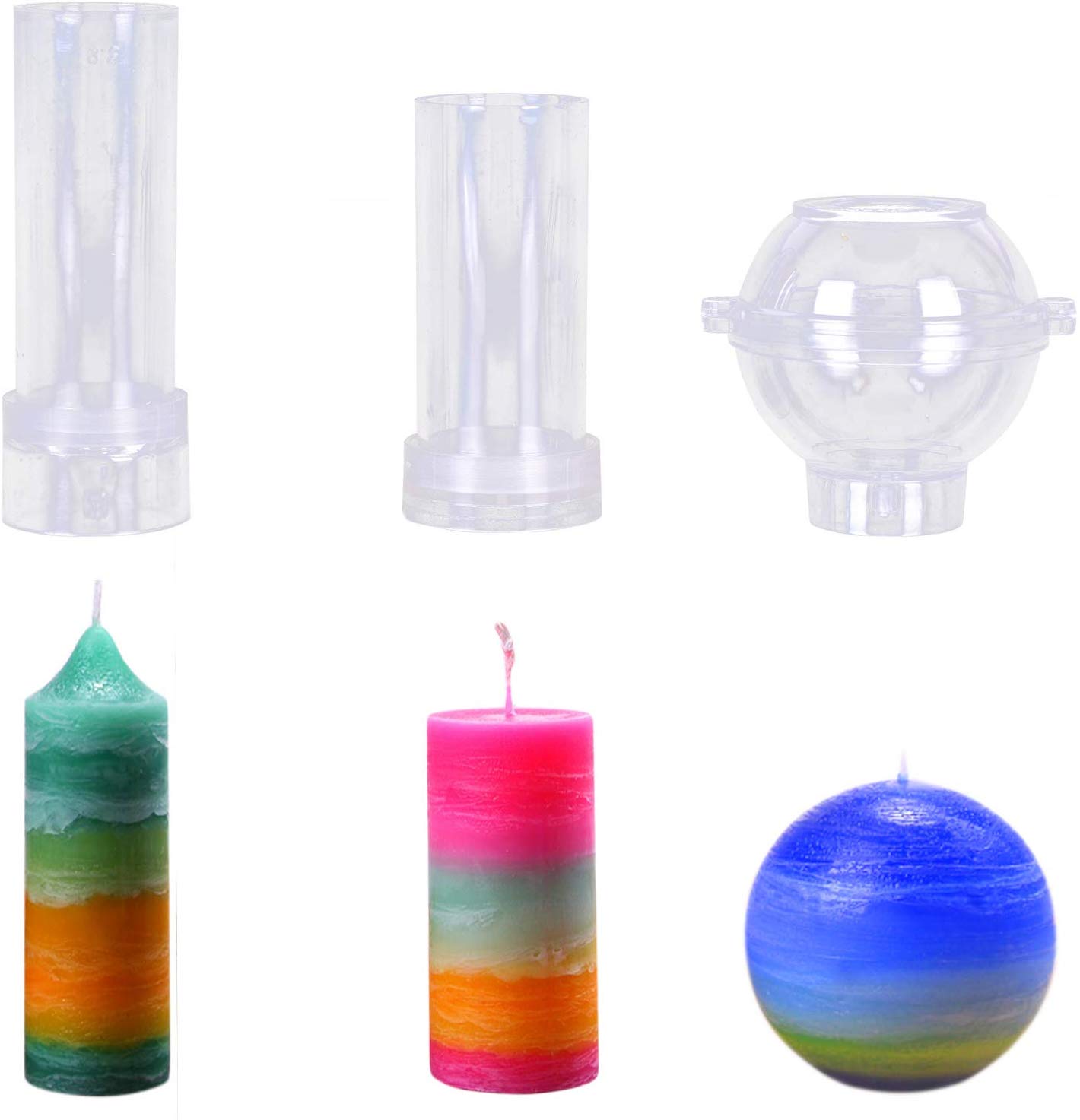ESA Supplies Candle Making Molds, Set of 3
Last updated: October 13, 2023
Each ESA Supplies Candle Making Molds, Set of 3 comes with a sphere mold, as well as a smooth cylinder and a ribbed cylinder mold. Although the molds are made using a high-quality material, they still need to be lubricated before each use. They work best with wax that is between 140-167 degrees Fahrenheit.
We looked at the top Candle Making Molds and dug through the reviews from some of the most popular review sites. Through this analysis, we've determined the best Candle Making Mold you should buy.
Product Details
Key Takeaway: The ESA Supplies Candle Making Molds, Set of 3 allows you to make a smooth candle as well as one that is ribbed.
In our analysis, the ESA Supplies ESA Supplies Candle Making Molds, Set of 3 placed 7th when we looked at the top 12 products in the category. For the full ranking, see below.
From The Manufacturer
1. The surface can be porous due to low pouring temperature (below 140 °F degrees), or because of the poor wax quality. Make sure to follow the recommended wax temperature before pouring. 2. The gloss on the surface may not be formed because of the higher pouring temperature than the recommended one. The higher the casting temperature, the glossier the surface of the finished candle is. Do not exceed the fill in temperatures of over 167 °F degrees as this may cause leakage of the candle mass and difficulty in pulling out the candle from the mold. 3. It is normal if a well is formed after the product is finished. Candle mass expands when heated and decreases during solidification, so after its melting and gradual cooling, there is a well that is formed in the center of the candle. 4. The candle is removed from the mold with difficulty sometimes. It happens if the wax is heated to high temperatures, when there is an increase in the grip. The higher the temperature, the more cohesion is created and therefore it is more difficult to get the finished candle out of the mold. To avoid difficulties in removing, the mold needs to be lubricated before pouring and the temperature should not exceed 167 °F degrees.
